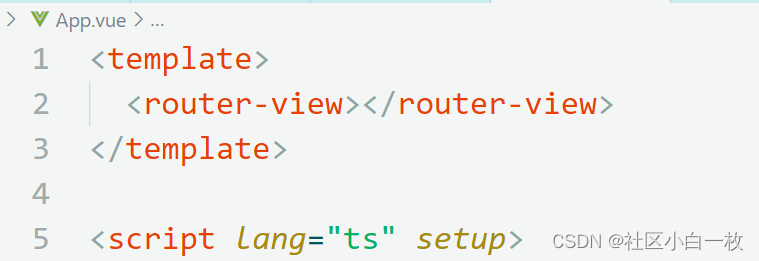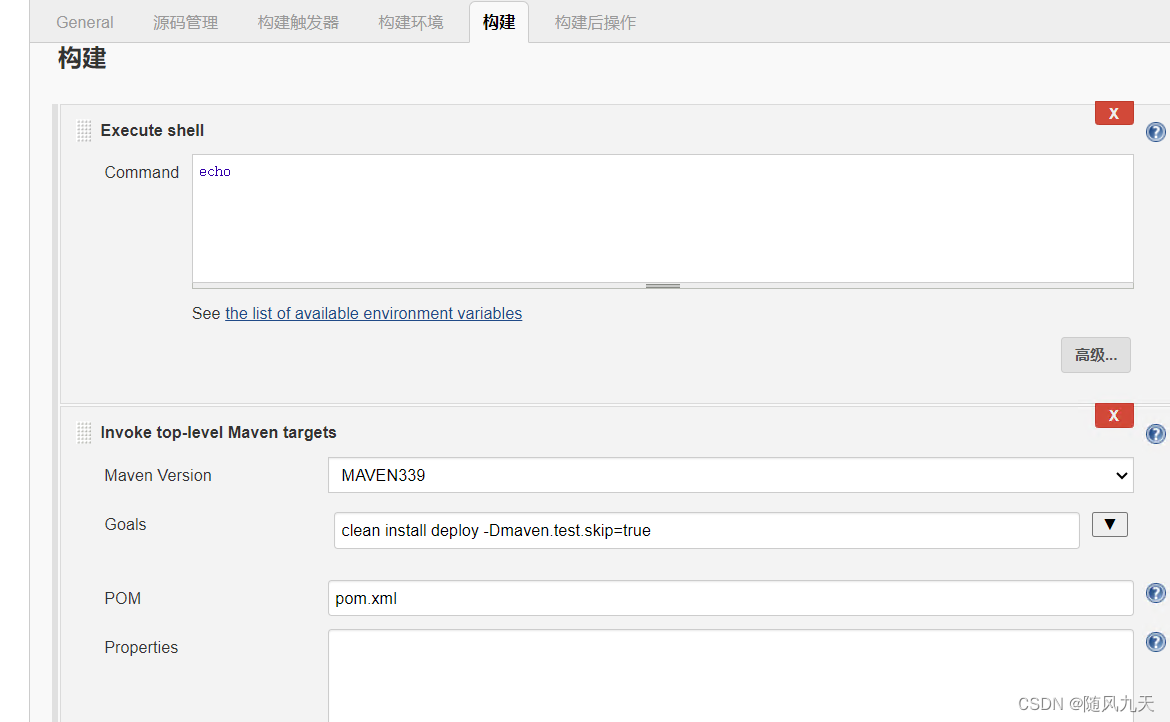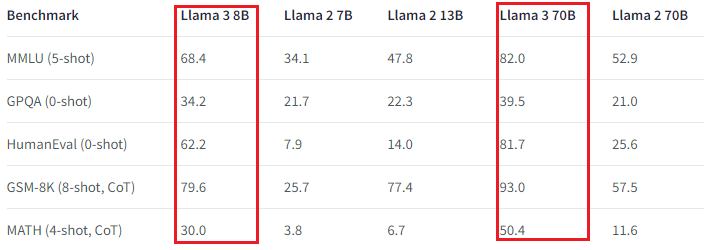1、安装
pnpm i vue-router2、新建文件:src/routes.ts
import { RouteRecordRaw } from 'vue-router'export const constantRoute: RouteRecordRaw[] = [{//path: '/',redirect: '/login',},{//path: '/login',component: () => import('@/views/Login/index.vue'),name: 'Login',meta: {title: '登录',},},{//登录成功展示数据的页面 main.vuepath: '/layout',component: () => import('@/layout/index.vue'),name: 'layout',meta: {title: 'layout',},},{path: '/404',component: () => import('@/views/404/index.vue'),name: '404',meta: {title: '404',},},{// 任意路由(无效或者不存在的路径 跳转至404)path: '/:pathMatch(.*)*',component: () => import('@/views/404/index.vue'),name: 'Any',meta: {title: '任意',},},
]
3、新建文件:src/index.ts
import { createRouter, createWebHashHistory } from 'vue-router'
import { constantRoute } from './routes'
const router = createRouter({history: createWebHashHistory(),routes: constantRoute,// 滚动行为scrollBehavior() {// ...return {left: 0,top: 0,}},
})export const setupRouter = (app: any) => {app.use(router)}
export default router
4、main.ts 引入
// 路由
import { setupRouter } from './router'
// 创建实例
const setupAll = async () => {const app = createApp(App)await setupRouter(app)app.mount('#app')
}setupAll()5、app.vue 中加入代码

以上完成 ,输入不同路径就可以跳转到对应页面了。










![[USACO1.5] 八皇后 Checker Challenge](https://img-blog.csdnimg.cn/direct/75fadfbe374d45d693f64f0641e1d3fc.png)
